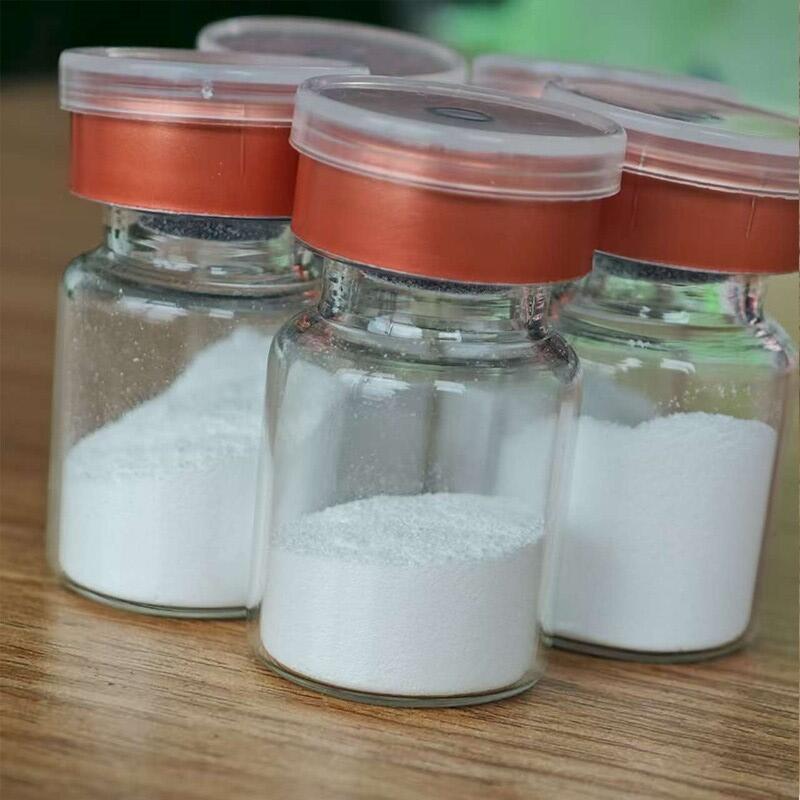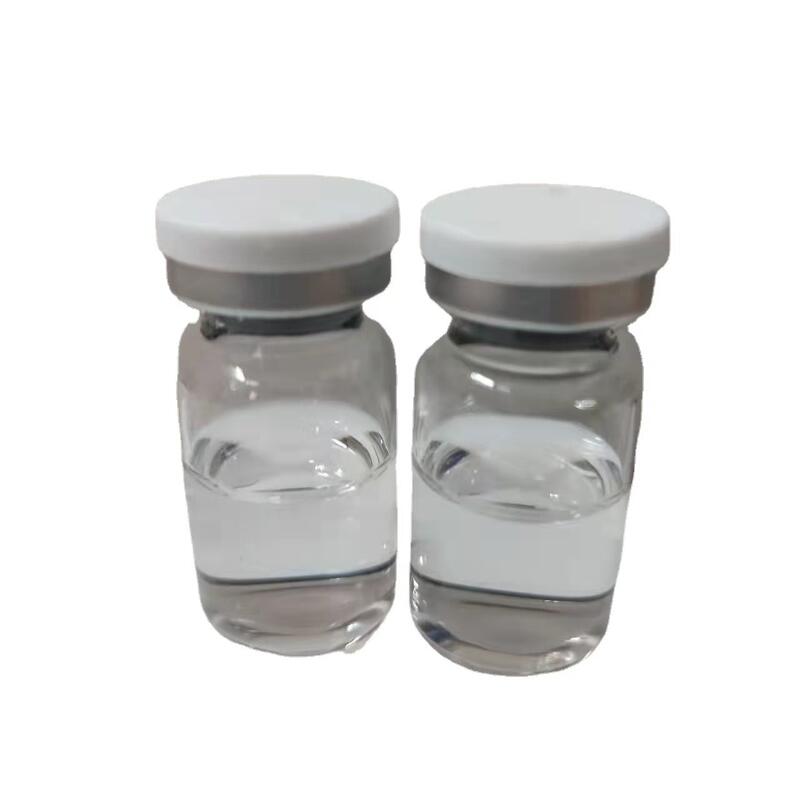-
Categories
-
Pharmaceutical Intermediates
-
Active Pharmaceutical Ingredients
-
Food Additives
- Industrial Coatings
- Agrochemicals
- Dyes and Pigments
- Surfactant
- Flavors and Fragrances
- Chemical Reagents
- Catalyst and Auxiliary
- Natural Products
- Inorganic Chemistry
-
Organic Chemistry
-
Biochemical Engineering
- Analytical Chemistry
-
Cosmetic Ingredient
- Water Treatment Chemical
-
Pharmaceutical Intermediates
Promotion
ECHEMI Mall
Wholesale
Weekly Price
Exhibition
News
-
Trade Service
7-Amino-8-oxo-3-(cis-prop-1-enyl)-5-thia-1-azabicyclo[4.
2.
0]oct-2-ene-2-carboxylic acid diphenylmethyl ester hydrochloride, also known as "Compound X," is an organic compound that has gained significant attention in the chemical industry due to its unique properties and potential applications.
Upstream and Downstream Products
Upstream products of Compound X include the raw materials required for its manufacture, such as 3-aminopropanamide, acetaldehyde, and sodium hydroxide.
These materials are sourced from various suppliers and manufacturers, and their availability and cost can impact the production of Compound X.
Downstream products of Compound X include the various forms and applications of the compound.
Some of the most common downstream products include pharmaceuticals, agrochemicals, and industrial chemicals.
These products are often developed through collaboration with other companies and research institutions to explore the full range of possibilities for Compound X.
Manufacturing Process
The manufacturing process for Compound X involves a series of chemical reactions and purification steps.
The process begins with the synthesis of 3-aminopropanamide, which is then reacted with acetaldehyde in the presence of sodium hydroxide to form Compound X.
The final product is then purified through a series of chromatography and crystallization steps to produce a pure form of the compound.
Challenges and Opportunities
One of the biggest challenges in the production of Compound X is the cost and availability of raw materials.
The recent increase in demand for the compound has led to a bottleneck in the supply chain, causing prices to skyrocket and leading to concerns about sustainability.
To address these challenges, companies in the chemical industry are turning to alternative sources of raw materials and developing new manufacturing processes that are more efficient and cost-effective.
Another challenge is the complexity of the manufacturing process for Compound X.
The process involves several steps, each of which requires specialized equipment and expertise.
This complexity can lead to delays and errors in the production process, which can impact the quality of the final product.
To address this challenge, companies are investing in automation and continuous improvement initiatives to streamline the production process and reduce the risk of errors.
Despite these challenges, there are also many opportunities for growth and innovation in the production of Compound X.
The compound has a wide range of potential applications, including in the development of new drugs and agrochemicals.
As research continues to explore the properties and applications of Compound X, there is significant potential for new products and markets to emerge.
Environmental and Social Implications
The production and use of Compound X have significant environmental and social implications.
The compound is classified as a hazardous material due to its toxic properties, and proper handling and disposal are required to minimize the risk to workers and the environment.
This requires close attention to safety protocols and the use of specialized equipment to contain and dispose of hazardous materials.
In addition, the production of Compound X requires a significant amount of energy and resources, which can have a negative impact on the environment.
To address these concerns, companies in the chemical industry are investing in sustainable manufacturing practices, such as the use of renewable energy sources and the development of more efficient production processes.
Conclusion
Compound X is a unique and valuable compound with a wide range of potential applications in the pharmaceutical, agrochemical, and industrial sectors.
While there are challenges to its production and use, there are also many opportunities for growth and innovation in the chemical industry.
As companies continue to explore the possibilities of Compound X, it is important to consider the environmental and social implications of its production and use, and to work towards more







